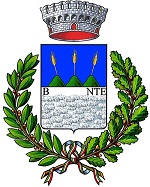Pietrabbondante Archaeological Site - 2022
The Italic sanctuary of Pietrabbondante (IS) was the site of public worship by the Samnite people up until the beginning of the 1st century B.C. It is notable for its extraordinary architectural testimony to Italic Hellenism, consisting of a monumental theatre complex, excavated in the 1800s, and the great temple with three inner chambers on the high podium, excavated in the years 1959-1976.
The archaeological excavations conducted by INASA, beginning in 2002, have resulted in the discovery of a house with atrium and impluvium, the equivalent of the domus publica of the sanctuary.
The rear of the building is marked by a large porch, which was intended for votive offerings and cultic rites. Discovered here was a dedication to Ops Consiva and its sacrarium (sanctuary), a small area within the portico. The building, akin to the typology of the Regia di Roma, stands as the first monumental example of domus publica.
In 2010 a new temple was discovered, this being without podium, constructed in raw earth with a tripartite plan, characterised by its aerarium, having as its purpose the collection of monetary offerings by devotees.
Further to this, in 2016 a sacellum was discovered, this having been destroyed at the beginning of the 5th century A.D., closed in accordance with strict Theodosian laws pertaining to the closure of sites associated with pagan rituals.
Site Areas
-
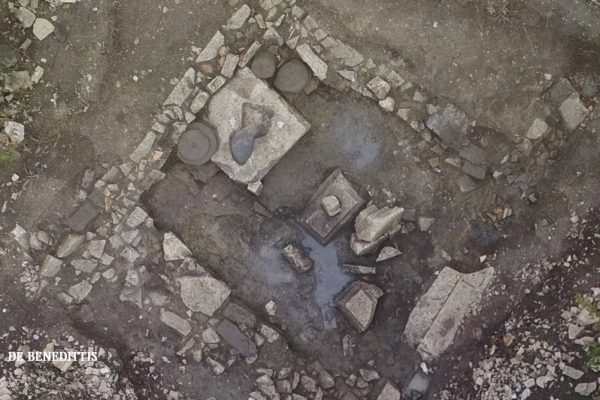 27
May
27
May
The Eastern Sanctuary Sacellum
Visit the areaThe structure consists of three areas standing in line, of which only the central one has been investigated. The latter, square in plan, houses the
-
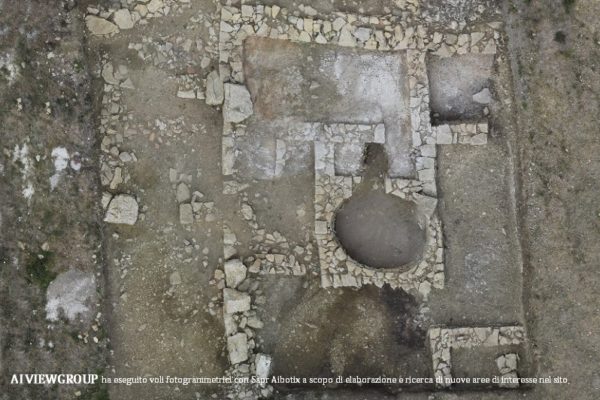 27
May
27
May
Structures on the East of Temple B
Visit the areaTo the east of Temple B a new area was identified, characterized by the presence of a building, partially excavated, with a complex floor plan
-
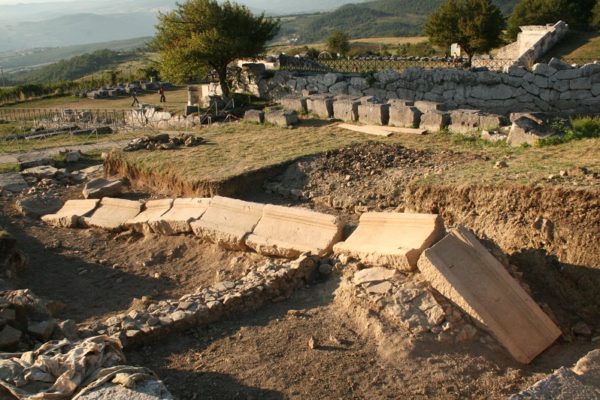 27
May
27
May
The Unfinished Construction Site
Visit the areaNorth of the theater there is an area notable for the presence of eight moulded blocks of limestone, these being in a row and in
-
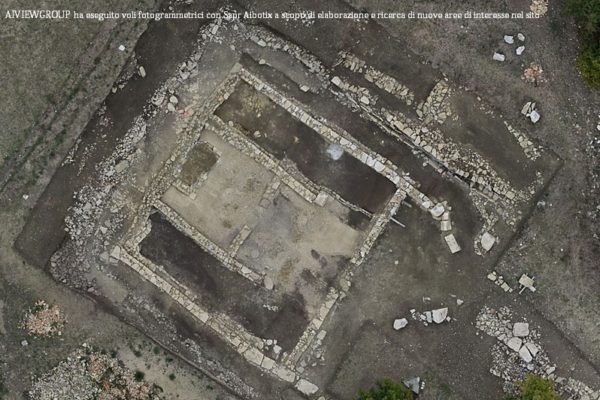 26
May
26
May
Aerarium and Small Stoà
Visit the areaIn the eastern area of the site, exploration has been carried out on the aerarium (treasury) and, behind it, the small stoà, made up of
-
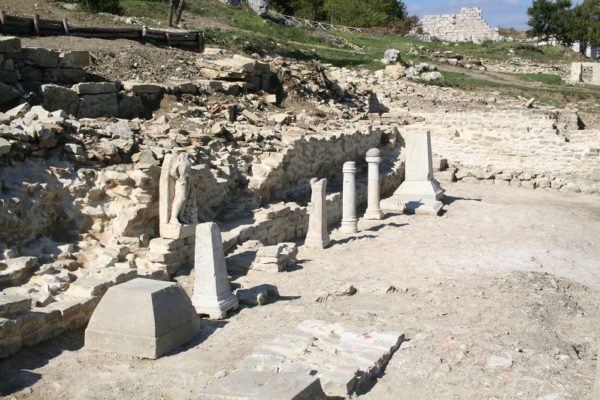 23
Mar
23
Mar
Domus Publica and Stoà
Visit the areaBuilt between the late second and early first century B.C., the domus publica of the sanctuary had the function of hosting priests, judges and ambassadors.
-
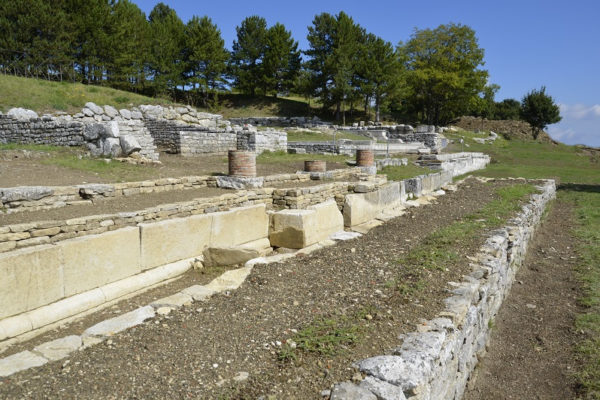 23
Mar
23
Mar
Tabernae
Visit the areaThe area of the tabernae develops between the theater-temple A and temple B complex and it is composed of two parallel terraces. The highest terrace
-
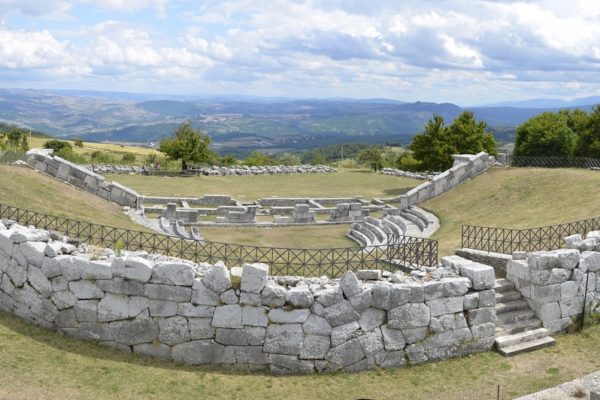 19
Mar
19
Mar
The Theatre
Visit the areaBetween the late second and early first century B.C. the construction of the theater complex - Temple B began, its architecture falling into the category
-
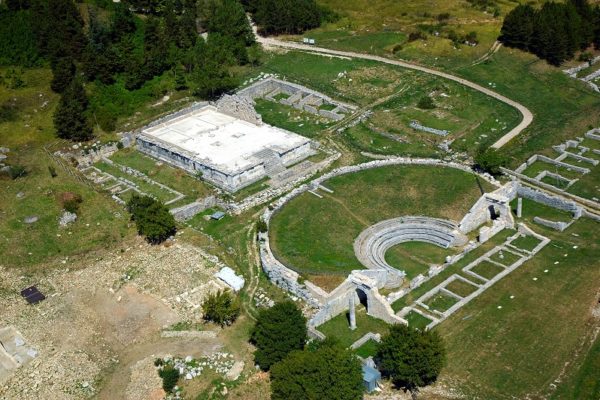 19
Mar
19
Mar
Temple B
Visit the areaThe temple B stands on a high podium behind the theater and they together constitute a monumental complex built according to a unified project. The
-
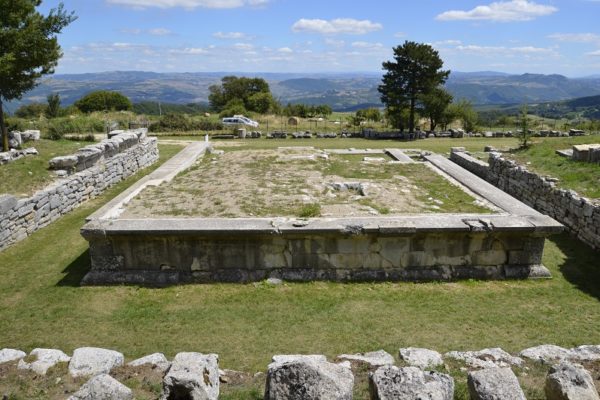 18
Mar
18
Mar
Temple A
Visit the areaTemple A, built at the beginning of the 2nd century B.C. on a monumental terrace, stands on a podium with four frontal columns and a


